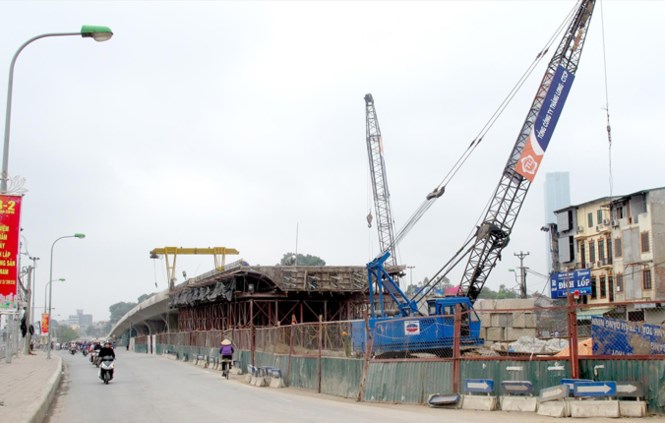VietNamNet Bridge – To curb the public debt, Vietnam needs to cut public spending, including the downsizing of civil servant staff.

A recent survey by the World Bank found that Vietnam’s regular expenditures increased rapidly, from 63 percent of the total budget spending to 70 percent in 2011-2015.
Of this, the payment for civil servants’ salary rose from 6.2 percent of GDP in 2009 to 7.3 percent in 2012, accounting for 20 percent of total spending of the state budget.
The increase in payroll is attributed to the base salary increase and the higher number of civil servants. The number of public employees in one locality soared by 20 percent.
Meanwhile, the government has initiated a program on administration reform aiming to increase salaries based on cutting waste.
The World Bank pointed out that the growth rate of the civil servant staff is higher by 1.1 percent than the growth rate of the population. Given the current trend, Vietnam’s pay for staff salary would easily outstrip the average pay of middle-income countries after the short time.
Under the Public Debt Management Law, public debt includes the government debt, the debt guaranteed by the government and the debts incurred by local authorities. The total value of the debts by the end of 2015 had reached 61 percent of GDP.
However, experts warned that the state may have to pay for enterprises that cannot pay debts, so the figure would be higher.
“If taking into account all the debt repayment obligations, the public debt would be higher than the ceiling,” said Luu Bich Ho, an economist.
He recalled the fact that the government had to come forward and pay for Vinashin’s debts. Meanwhile, state-owned enterprises are taking losses in their 70 investment projects.
An MOF (Ministry of Finance) report showed that the state is owing VND22 trillion to the Social Insurance Fund, which is the arrears for social insurance premiums for civil servants prior to 1995.
MOF has proposed to the government to convert the arrears into bonds in the next three years. However, this will lead to an increase of the government’s public debt ceiling.
Vu Hoang Quyen, a senior economist from WB, showed her concern about the debts incurred by local authorities. The debt is not too big, just equal to 0.9 percent of GDP in 2015, but the situation is even more tense than the debt situation of central levels.
PM Nguyen Xuan Phuc said at a finance conference that the public debt has increased by 18.4 percent in the last five years, tripling the GDP growth rate.
Government advised to widen definition of public debt
Vietnam’s public debt ceiling set at 65% of GDP for 2016-2018
Thanh Mai